Seven ways to improve your driving
Many of us pick up bad driving habits in the years after we pass our driving tests. Here are a few ways you can ditch them and be a better driver
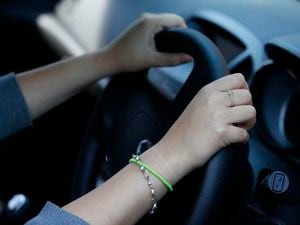
When questioned, the vast majority of motorists think they are a better than the average driver. Of course, that’s mathematically impossible — but it does show that a great many people on the roads overestimate their own skills. In reality, they’re probably driving around using several bad habits that they’ve picked up in the years since they passed their driving test.
While it’s true that the approved DVLA testing procedure isn’t the only way to drive safely, many of these bad habits can be downright dangerous. We’ve rounded up seven ways to ditch them and improve your driving, making for a more comfortable ride for you and your passengers, greater safety and less chance of inviting aggression on the roads.
Check your distance
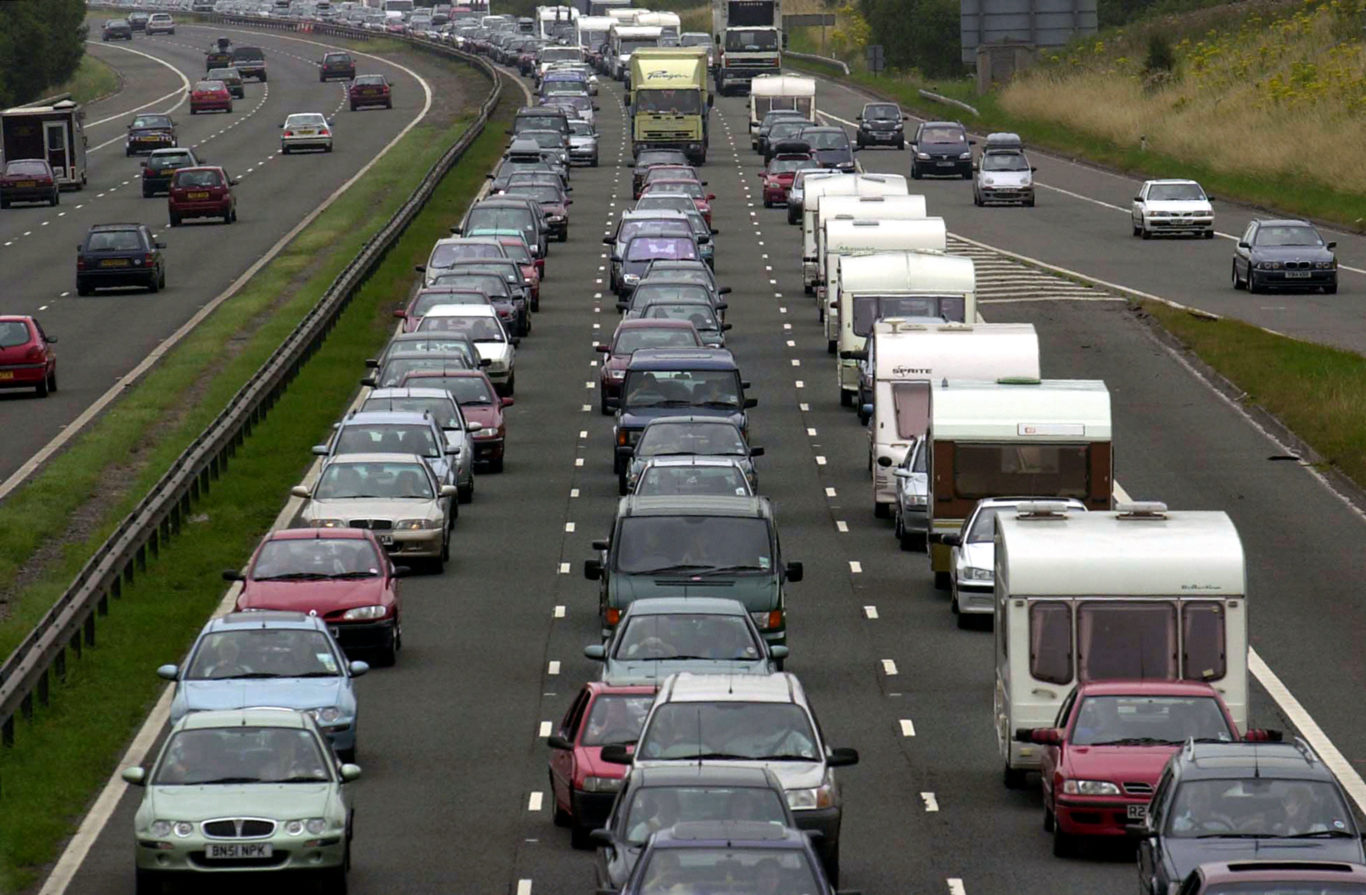
Tailgating is one of those unconscious things many drivers do without even realising it, but it’s actually a very dangerous habit that can leave you in the lurch should the worst happen.
The two-second rule is a good system to apply here. To check your following distance, pick a fixed point on the road, wait for the car in front of you to pass it, and then count the seconds until you pass it. If you struggle to count seconds, saying aloud ‘Only a fool breaks the two-second rule’ slowly should be just about enough time.
The two-second rule should be doubled to four in wet or icy weather. Drivers should also think about their following distance in slow-moving or stationary traffic. Leaving a gap large enough that you can see the wheels of the car in front is ideal, as it means you’ll be easily able to manoeuvre into another lane or avoid emergency vehicles if necessary without being forced to reverse.
Smoothness over speed
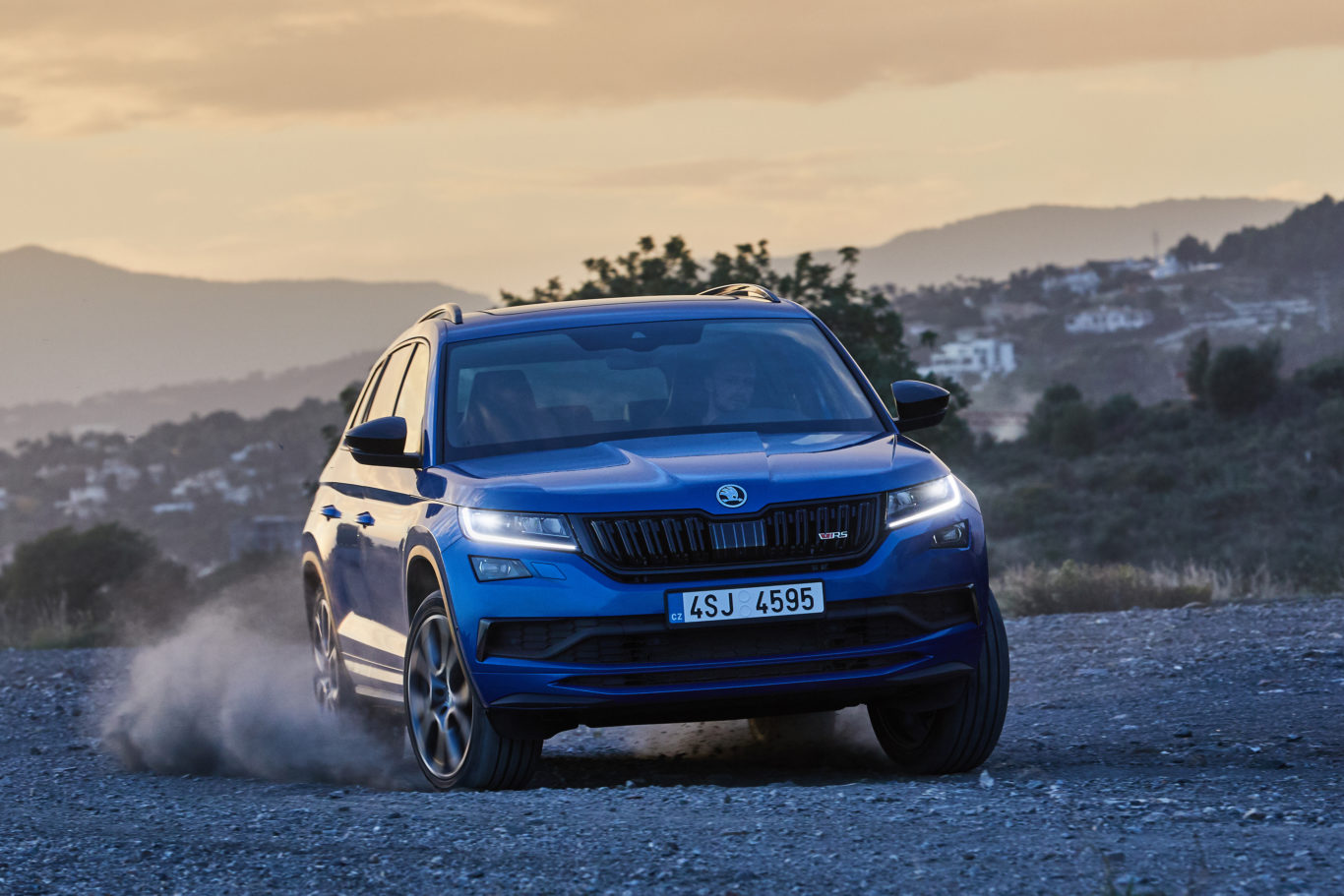
Driving smoothly is more than just a factor of comfort for you and your passengers – it’s actually a safer way to drive. Minimising sudden inputs means you’re less likely to stress your car, you won’t break traction as easily and you’ll reduce wear on crucial components such as your brakes and tyres.
Driving smoothly also improves fuel economy and minimises car sickness.
Light fantastic
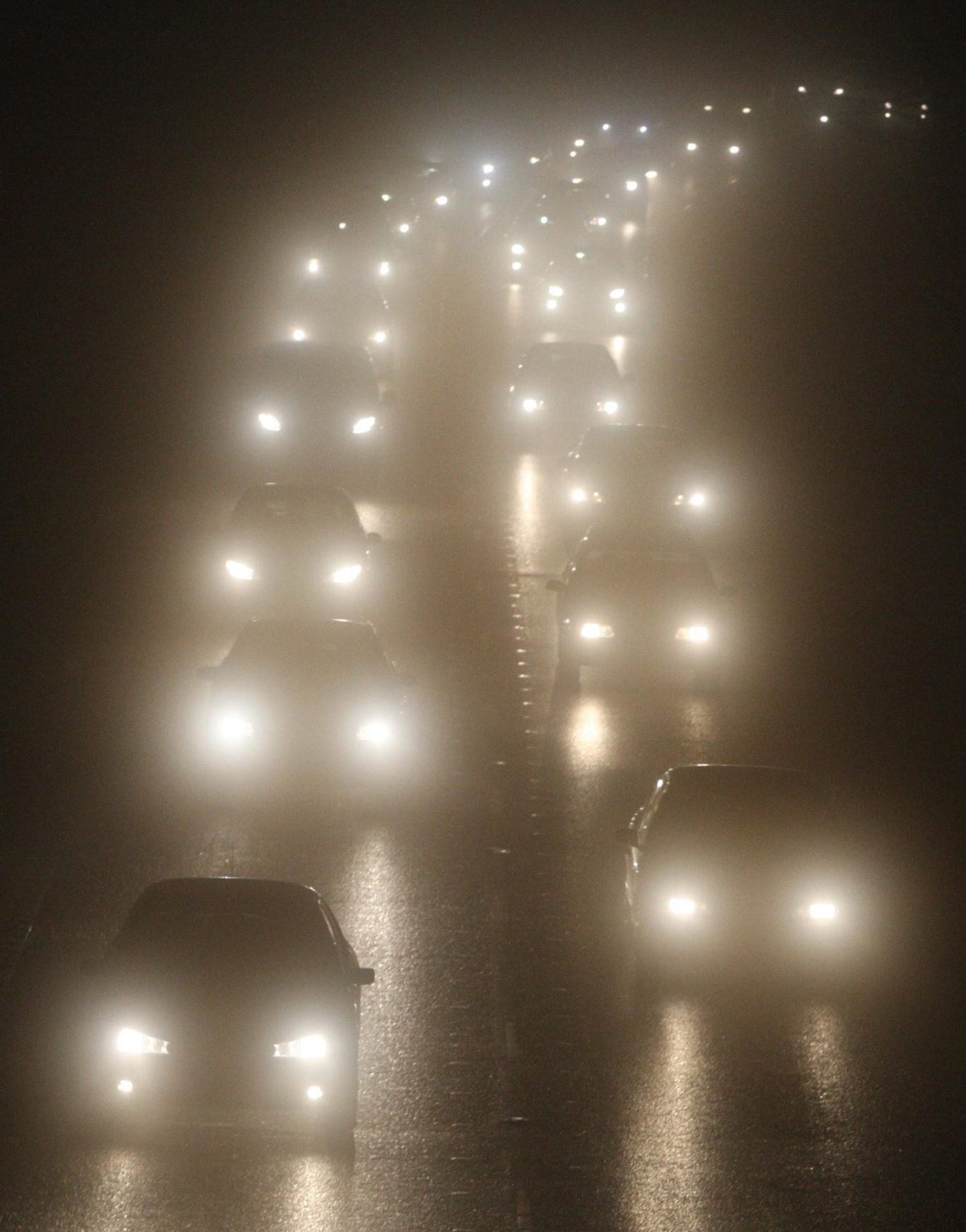
>
With the advent of daytime running lights and with automatic headlights becoming more and more prevalent, it’s all too easy to neglect your headlight switch. This can mean you don’t have your lights on when you really need them.
Most automatic headlights are activated by ambient light levels, which don’t necessarily correspond to visibility. It’s therefore totally possible for inattentive drivers to carry on through driving rain or heavy fog with only their daytime running lights active, providing insufficient visibility for other drivers and risking an accident.
Obey the speed limits
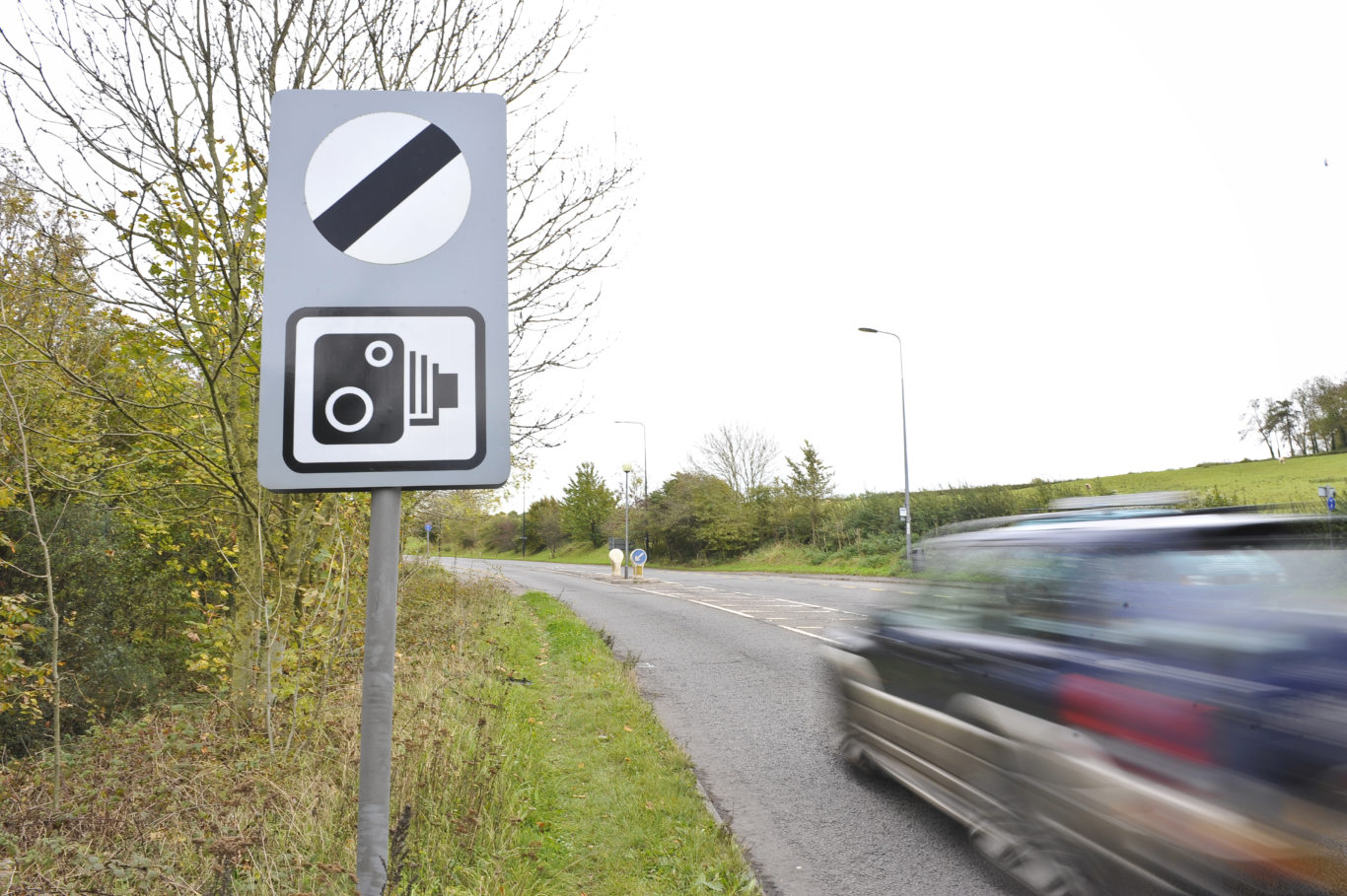
It can’t really be stated enough, but speed limits are there for a reason, and you should try and stay under them. A great number of drivers exceed them by just a few miles per hour, which may not seem too dangerous – but it shows the wrong attitude to a system put in place primarily for safety reasons.
It’s especially important to stay extra attentive in city centres, many of which now have 20mph speed limits applied. The last thing you want to risk is a speeding fine, with the possibility of points on your licence.
And remember, the limits are a maximum speed and not a target – it’s perfectly fine to go slower than the limit provided you’re not unduly delaying following traffic.
Minimise distractions
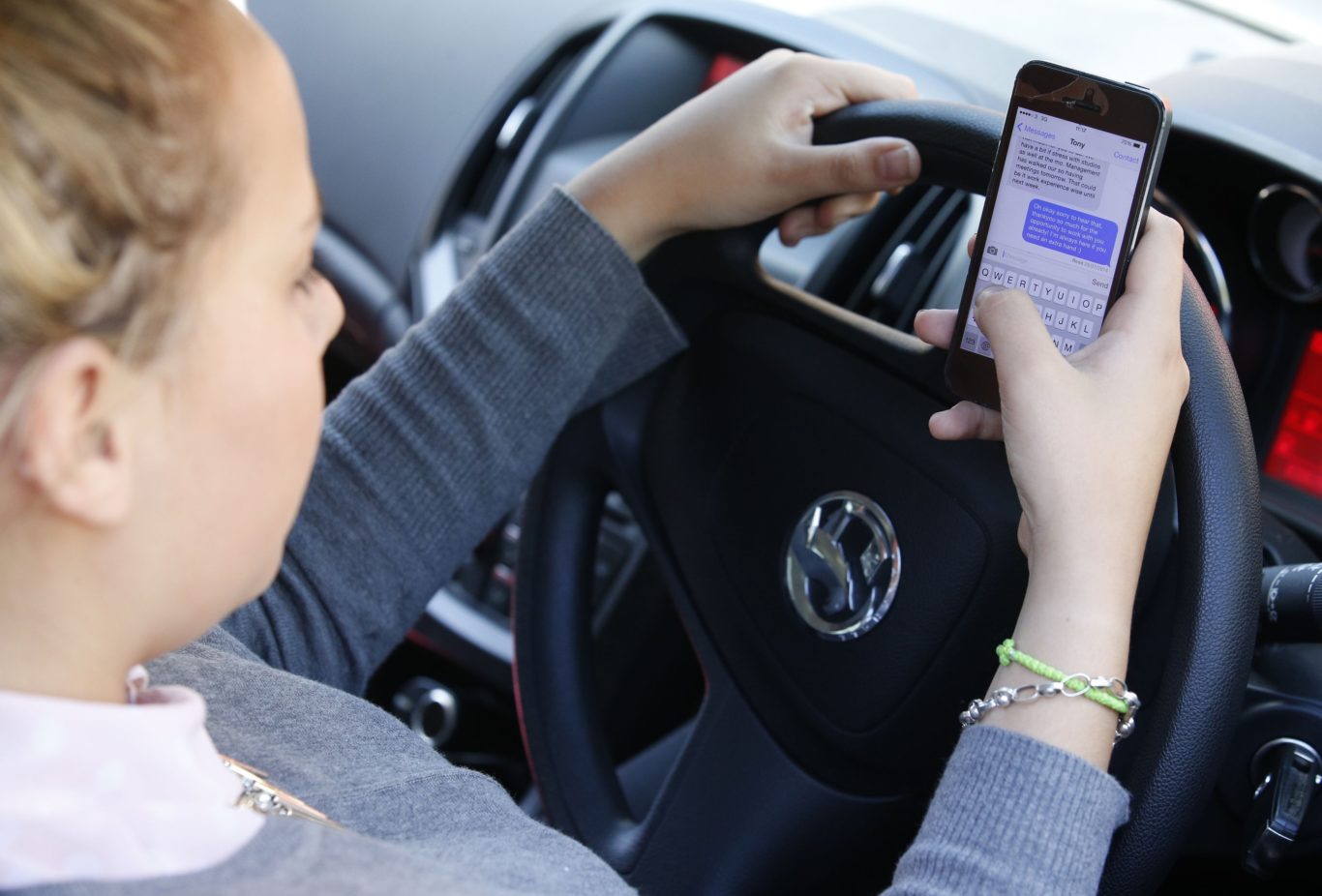
We all know – hopefully – that driving while using a mobile phone is illegal and dangerous. But there are many more items in and around your car that could cause distraction, and it’s your duty as a driver to either reduce these, get rid of them or find a way to avoid them affecting you.
Sat-navs or mobile phone brackets should be placed in such a way so that they don’t obscure your view out of the car, and if possible, limit them to display only absolutely necessary information. You don’t want your phone’s sat-nav software obscured by an incoming text message, for example.
Air fresheners or ornaments dangling from the rear-view mirror can be dangerous distractions and should be placed somewhere less obviously visible, and passengers – whether they be adults or children – shouldn’t be a distraction. If they become one, you may need to threaten to pull over until they quiet down!
Oh the weather outside is frightful…
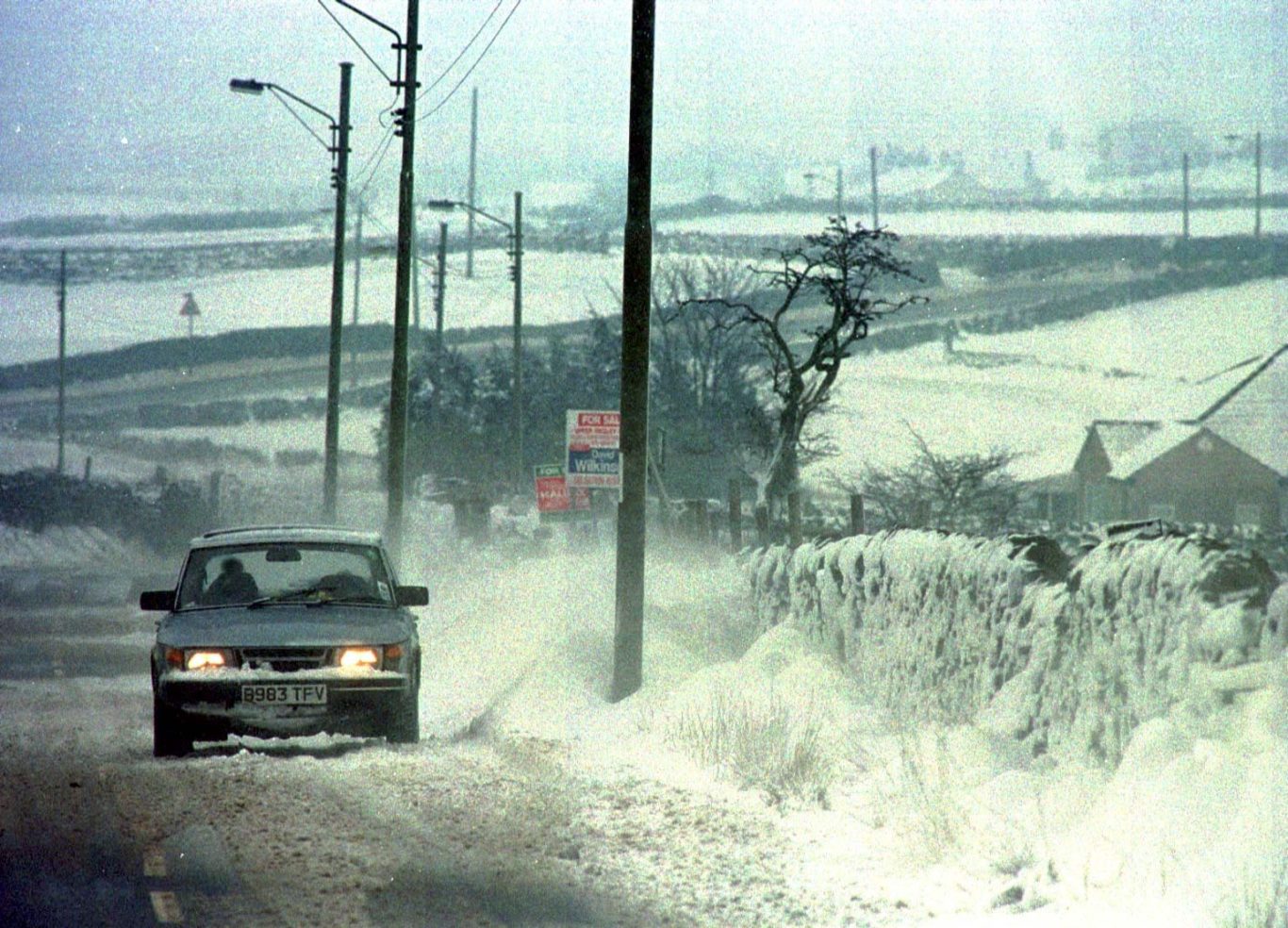
… so adjust your driving to suit. Rain, snow and ice, fog or even bright sunlight all demand adjustments to your driving style for your safety and the safety of others around you. Mostly, this involves decreasing your speed – you should never travel so fast that you can’t react to a sudden hazard up ahead.
Don’t out-drive your braking capacity – if the roads are slippery, slow down so you can stop in the distance you can see ahead. Remember that other drivers’ vision will be affected, too – for example, if you’re driving with a low sun behind you, motorists looking towards you will be dazzled and find it tricky to see where you are.
Respect the roads
Respect is paramount – after all, you’re in sole control of over a tonne of metal, capable of moving at close to 100mph in most cases. You should therefore take extreme care around vulnerable road users and consider whether you’d rather take the chance of arriving at your destination late, or not arriving at all.





